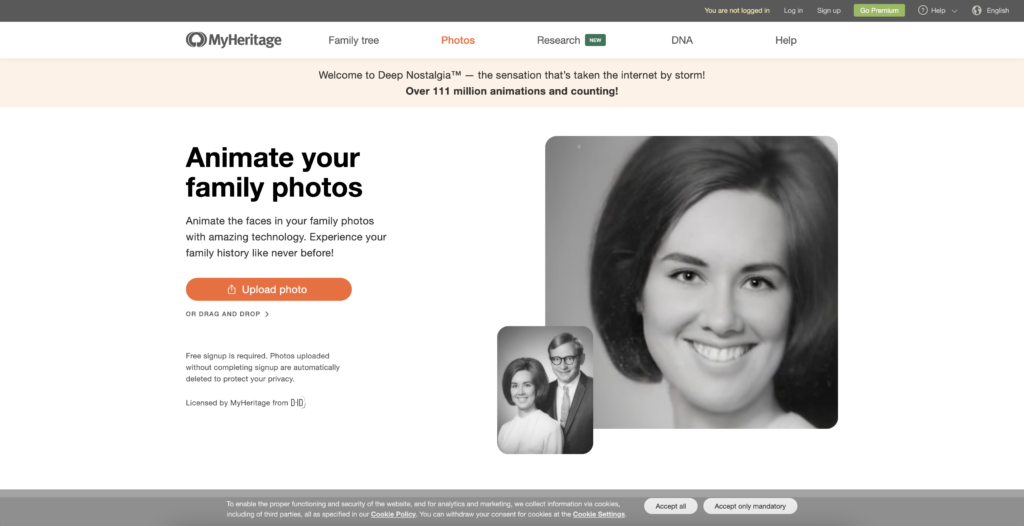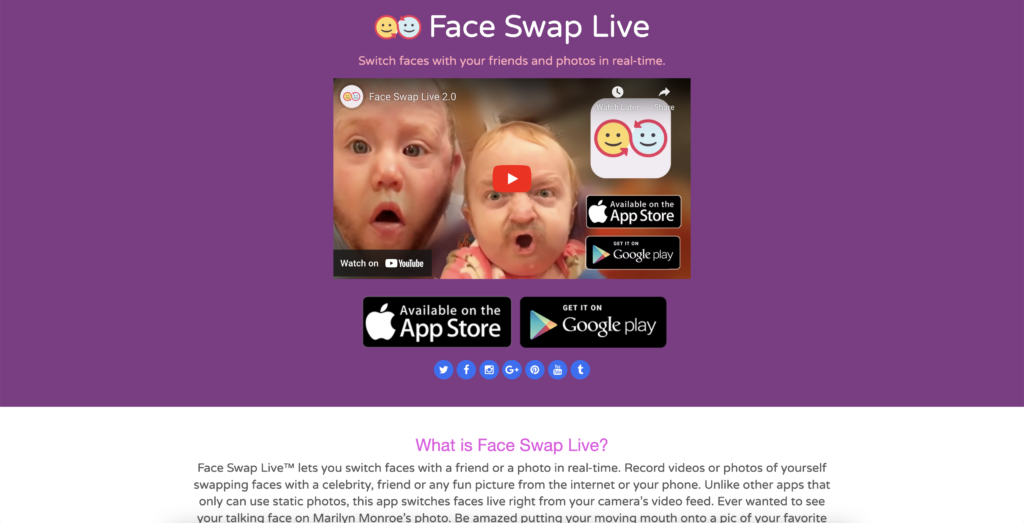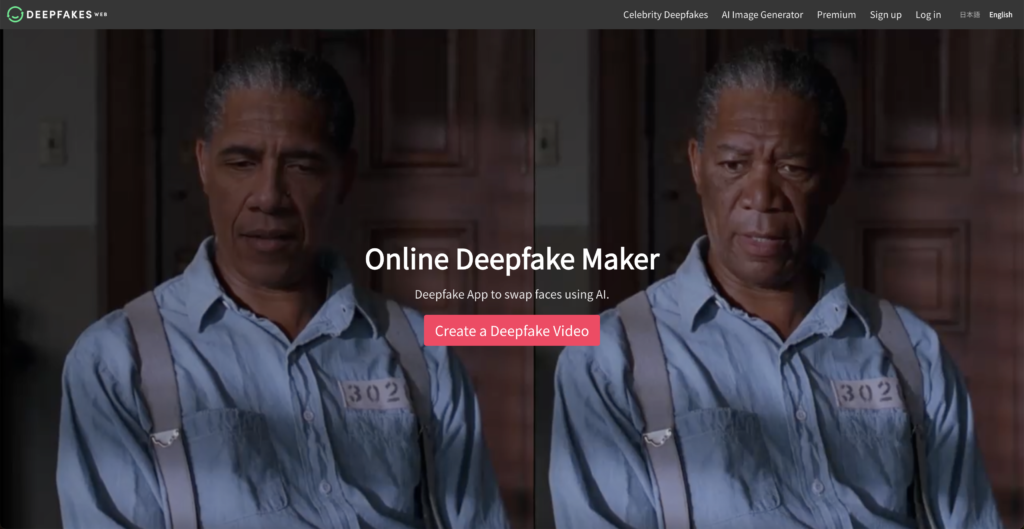Following and keeping up to date with digital content trends involves understanding not only the ever-evolving landscape of User-Generated Content (UGC) but also the emergence of Artificially Generated Content (AGC), particularly the controversial realm of deep fake content created by AI.
What is Deep Fake Content?
Deep Fake Content, often referred to as AGC, is generated using advanced artificial intelligence algorithms. These algorithms manipulate audio and visual elements to create hyper-realistic content that can mimic real individuals or events seamlessly. Notably, this raises ethical concerns, as the potential for misinformation and deception becomes a significant issue.
| Aspect | User-Generated Content (UGC) | Artificially Generated Content (AGC) |
|---|---|---|
| Authenticity | Arises from genuine user experiences and contributions. | May lack authenticity, as it is artificially generated. |
| Trustworthiness | Relies on real people, fostering trust through genuine content. | Raises concerns about trust due to the potential for deception. |
| Creation Process | Created by users with diverse perspectives and intentions. | Produced by algorithms, often with predetermined objectives. |
| Ethical Considerations | Generally ethical, though issues like privacy may arise. | Raises significant ethical concerns, especially with deep fakes. |
| Versatility | Diverse content reflecting real-world experiences. | Can be tailored to specific requirements, but may lack diversity. |
Benefits and Disadvantages of AGC:
Benefits:
- Precision and customisation.
- Rapid content creation.
- Cost-effective in certain scenarios.
Disadvantages:
- Ethical concerns.
- Lack of authenticity.
- Potential for misuse.
Examples of Deep Fake Content
Best Platforms for AGC Creation:
My Heritage: Bringing Old Photos to Life
Among the deepfake apps making waves, My Heritage stands out as a crowd favourite. Users adore the “deep nostalgia” feature, transforming old photos into animated wonders. Just upload your image, hit the animation button, and within seconds, watch as the face, eyes, and mouth come to life.

Key Features:
- Deep Nostalgia for animating static faces in photos, crafting realistic videos.
- Versatility includes family paintings and more.
Price:
- Premium subscriptions kick off at an annual $149.
Face Swap Live: Your Ticket to Dynamic Face Swapping
For top-notch face swapping, Face Swap Live takes the lead. It’s not just about recording videos; you can throw in stickers, capture photos, and seamlessly share on social media. The app goes beyond static swaps, allowing for movable face parts with features like face morphs and 3D effects. While it’s a paid app, the dynamic experience it offers makes it worth the download.

Key Features:
- Real-time face changes during chats or phone calls.
- Engaging 3D effects and interactive face morphs with masks.
Price:
- A free version is available for starters.
DeepFakes Web: Unleashing Deep-Fake Magic Online
If you’re diving into the world of deep-fake videos, DeepFakes Web is your go-to platform. This website harnesses deep learning, mastering various face nuances through training on videos and photos. The training model can switch faces in 30 minutes, while the premium version speeds up the process to just one hour, though the free version takes around five hours.

Key Features:
- A platform for deepfake video production.
- Free tiers take 4 hours to review and 30 minutes to create videos.
- Premium users enjoy a one-hour turnaround.
Price:
- Premium plans start at $19 per month.
While UGC thrives on authenticity and diversity, AGC introduces precision and customisation but at the cost of ethical concerns. Businesses must tread carefully, leveraging the benefits of both without compromising integrity and trust. The future of content creation lies in striking the right balance between these two realms, adapting to evolving trends while staying mindful of ethical considerations.






